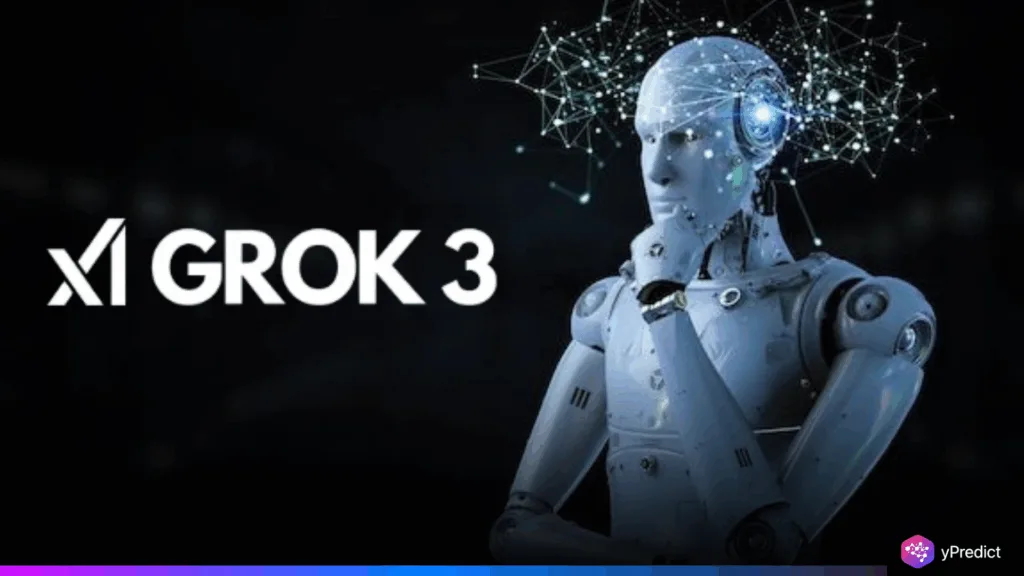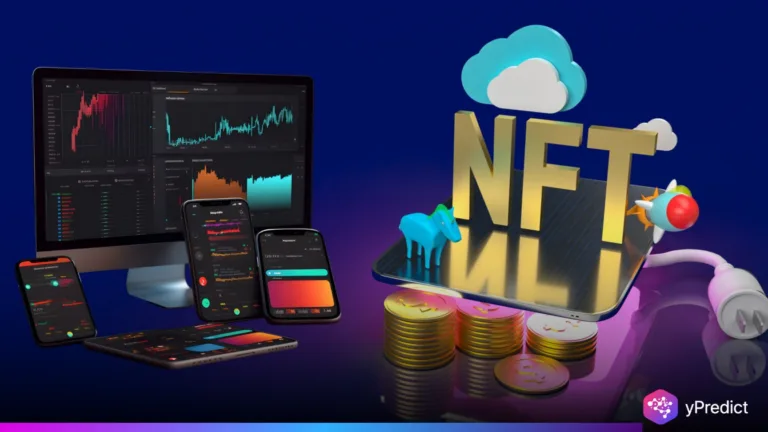
Ritual Blockchain is shaping a new narrative for crypto and AI. With the unveiling of its Dreamtim Web3 concept, the project aims to disrupt conventional decentralization models. This Layer-1 network doesn’t just integrate AI with blockchain—it fuses them. The result is a system that adapts, learns, and evolves with user behavior. As the $4.1 billion AI-crypto market gains momentum in 2025, Ritual’s move signals a major shift toward Decentralized AI architectures that prioritize autonomy and scalability.
Dreamtim Web3 Blends Intelligence with Modularity
Ritual Blockchain’s Dreamtim Web3 introduces a smart, modular framework that actively responds to its environment. Unlike traditional blockchains, which remain static and deterministic, this system embeds cognitive flexibility. Dreamtim’s structure builds on the lessons of Infernet, an earlier initiative launched by Ritual in November 2023. That protocol laid the groundwork for blending AI logic with crypto transactions in real-time environments. Dreamtim Web3 doesn’t just replicate blockchain norms—it reprograms them. Each node within the network carries learning capabilities, allowing it to optimize transaction flows or shift consensus strategies.
Autonomous dApps Gain Real-Time Cognitive Abilities
One of Ritual Blockchain’s most disruptive contributions is its support for Autonomous dApps. These decentralized applications go beyond executing smart contracts; they predict, adapt, and initiate on-chain actions independently. Using machine learning models, autonomous dApps can analyze market trends or user behavior and execute trades or decisions accordingly.
Unlike typical dApps limited by rigid logic, these AI-infused applications carry cognitive features. They identify opportunities, prevent losses, and customize services without manual input. These dApps also introduce competitive dynamics. By allowing each application to optimize based on its learning path, the Ritual ecosystem encourages innovation without needing central algorithms. It’s a race of intelligence, not just code.
EVM++ Drives AI-Crypto Integration Without Bottlenecks
Ritual Blockchain has introduced EVM++, an extended Ethereum Virtual Machine architecture that bridges AI inference and crypto execution without slowing down. Traditional blockchain systems often suffer when running complex AI computations. EVM++ solves this by offloading intensive AI processes to off-chain environments, then syncing results on-chain in real time. This model maintains Ethereum compatibility while delivering high-speed decision-making through decentralized AI modules.
EVM++ keeps dApps agile. Instead of waiting for chain confirmations or dealing with congestion, autonomous dApps act instantly, updating the blockchain only with final decisions or transactions. By embedding EVM++ into its core, Ritual has positioned itself as one of the few projects tackling the technical pain points that prevent AI from flourishing within Web3. This technical leap supports the project’s vision of conscious, adaptive, decentralized networks.
Decentralized AI Redefines Control and Participation
Ritual’s framework challenges traditional ideas of decentralization. While early blockchain systems focused on trustless, permissionless access, Ritual emphasizes logic, autonomy, and adaptability. Decentralized AI in this model isn’t about removing intermediaries—it’s about empowering intelligent entities to self-regulate and co-create. This evolution tilts power away from institutions and toward developers, creators, and even AI agents themselves.
With a blockchain network capable of conscious logic, rules are no longer static. They evolve. This redefinition could reshape governance, economic distribution, and even how we understand agency in Web3. The AI-crypto space is maturing; however, Ritual Blockchain seems to be steering not only technology, but is evolving our approach. A shift from strict protocols to systems that learn, adapt, and take action.






